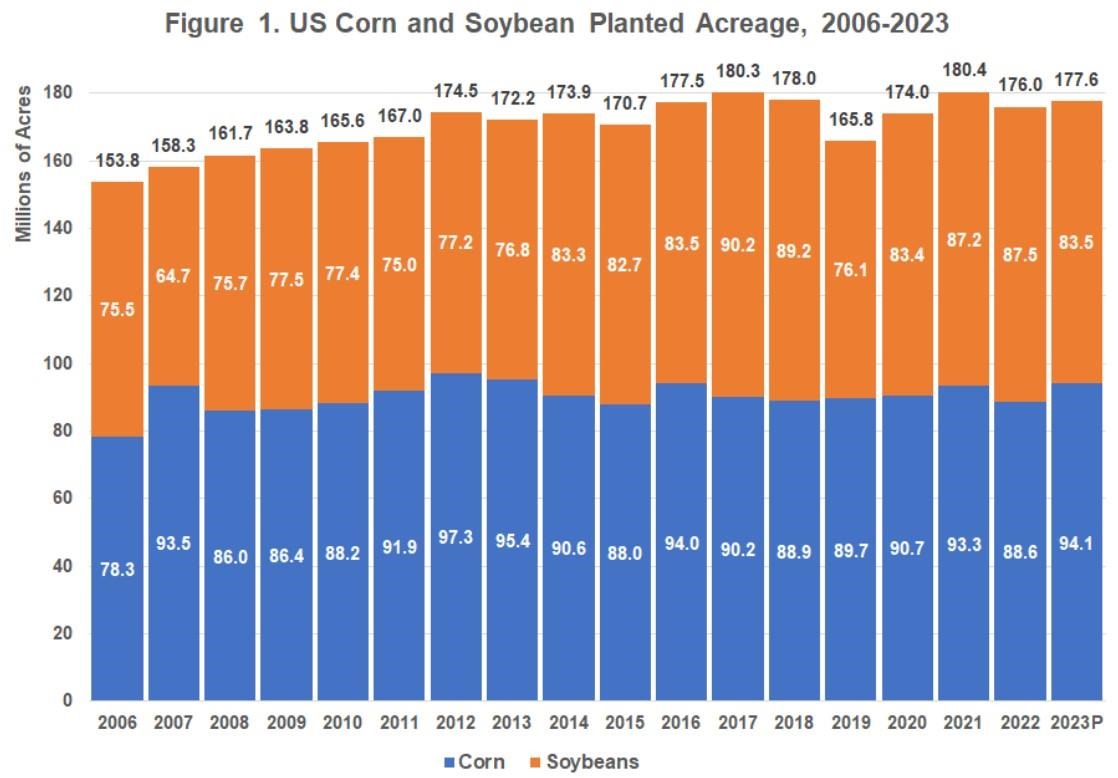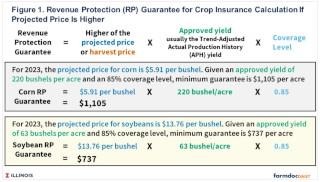By Dave Boxler
Late August and September usually signal pasture fly season should be ending. However, over the last few years our fall seasons have remained warm, sometimes well into early November and flies persist at problematic levels longer than typical. This upcoming fall season may be no different based on several meteorology forecasts. If these predictions hold true, pasture fly control efforts may be required through late fall. To reduce late season, fly stress on pastured cattle, a review of the common fly pests of pastured cattle in Nebraska, control methods and available products can be helpful.
Horn fly
Nebraska livestock producers normally see two horn fly population spikes, one in early June and the second in late-August through mid-September. The second peak is due to the buildup of the continuous and overlapping fly generations that develop through the season. Depending upon weather patterns these fly populations may be reduced by a fall cold front that sometimes occurs in September. However, if temperatures remain warm horn fly numbers will remain high. Diapause, a biological event triggered by cool fall temperatures naturally lower horn fly numbers. Development from egg to adult is interrupted and instead development stops at the pupal stage that overwinter beneath manure pats. Diapause for horn flies in Nebraska begins when temperatures within the manure pat drop below 60º F. However, existing adult flies will persist through September and October or until a killing frost occurs (below 25º F). However, if adult flies continue to emerge a rescue fly treatment may be necessary if numbers exceed the Economic Injury Level of 200 horn flies per animal. Insecticidal sprays, either using a low-pressure sprayer or a mist blower sprayer are an effective option. These applications should provide 7 – 10 days of control. A pour-on treatment is another option and provides control for 21 – 28 days. A list of recommended treatment methods and control products are in Table 1.

Table 1. Control Method and Products for Late Season Horn Fly Control.
Face fly
Numbers have been high this season, especially in areas of the state where rainfall was abundant. Face flies experience a version of diapause, called reproductive diapause. Reproductive diapause occurs when daylength shortens to 12.5 hours or less, beginning in Nebraska around the middle of September. During this process both sexes seek protected places to spend the winter. A killing frost (25° F degrees or below) can impact face fly numbers. However, until diapause is completed, or a killing frost occurs, additional fly control measures may be required. Face fly control is extremely difficult to accomplish due to the feeding habits of the female, which seek protein from the eyes, nasal area, and other orifices of livestock. Treatment products directed to the face or head area of animals will provide the best control. A list of pour-on and spray products available can be found in Table 2. In Nebraska, face flies seeking shelter for overwintering often move to buildings and homes. They usually cluster in attics or wall cavities of structures located closest to pastures. The first step in keeping insects from entering structures is exclusion. To prevent home and structure infestations inspect for points of entry such as around doors, windows, soffits, and vents and use caulk to seal up holes in those areas. Residual sprays containing bifenthrin, deltamethrin or permethrin can also be applied as perimeter barriers.

Table 2. Control Method and Products for Late Season Face Fly Control.
Stable fly
High numbers may still be present in areas of Nebraska after September, especially in areas of the state where rainfall was abundant. Stable flies will continue their feeding activity on livestock until we receive a hard freeze. Spray applications provide the best means of reducing their numbers and should be made every 10 days. The sides of buildings or tree windbreaks where large numbers of stable flies are observed resting can also be treated. Applications to resting sites should be made on a warm sunny day usually near mid-afternoon. Applications to either animals or fly resting sites can be made with a low-pressure or a mist blower sprayer. A list of recommended control products is in Table 3.

Table 3. Control Method and Products for Late Season Stable Fly Control.
Source : unl.edu